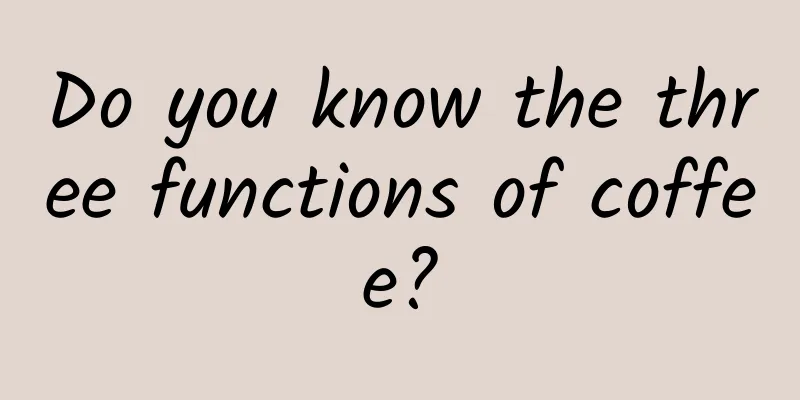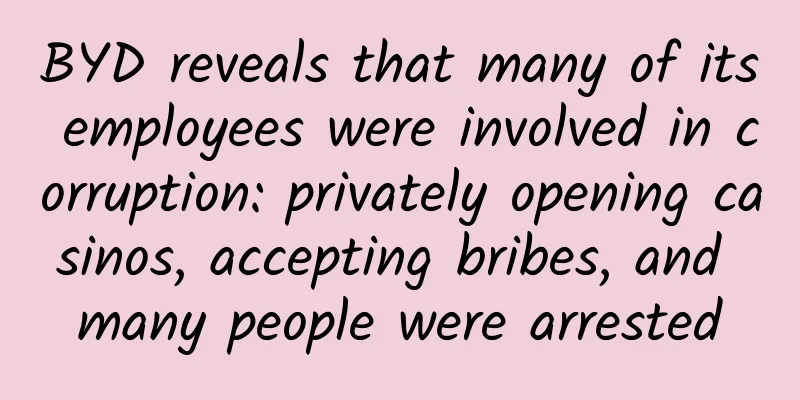Will the "second half" of lightweight application development be a useless counterattack?

|
Just as we worked hard to please users three years ago, we will work just as hard to please developers today. Last month, the social platform SnapChat also released the developer kit Snapkit. Through the API interface, developers can connect various third-party applications on SnapChat, use SnapChat to log in to the application, and use SnapChat's camera and emoticon package Bitmoji. At the same time, in order to diss its old rival Facebook, SnapChat also specifically stated that it would strictly protect user data, prohibiting applications from calling user friend lists, prohibiting continuous tracking of user data, etc. However, on Facebook, the developer interface and tools are more complete, with payment tools, AI capabilities, marketing automation and other auxiliary tools added. From Facebook to SnapChat, overseas social media have opened up APIs and various development tool kits to attract developers. In China, the popular mini-programs/light applications are similar to this model. What is so good about the light application model that is popular both at home and abroad? There are many similarities between application development on overseas social media and China's light applications. Both have the characteristics of being portable and can be used anytime, anywhere without installation or registration. At the same time, both rely on huge traffic portals, such as social media like WeChat, Facebook, and Snapchat, or search portals like Baidu and UC Browser. Both attract developers by guaranteeing a large number of users on their own platforms, and then let developers develop various direct services to enrich the functionality of the platforms. The richness of direct services has a crucial impact on the platform. For example, for platforms with payment portals such as WeChat and Facebook, the richness of direct services is one of the important factors that determine the activity of mobile payments. When users make purchases on platform services, they will naturally choose the payment methods provided by the platform, which can open up the layout of future financial services. Another thing is that the direct service on the platform can bypass the restrictions of the app market and achieve almost the same effect. Previously, we often said that WeChat mini-programs made Apple feel like it was facing a formidable enemy, because compared with the complex review process of the AppStore, the environment provided by mini-programs is theoretically more sensitive and friendly. Bypassing the app store system means that the mature business ecosystem such as app store rankings and mobile advertising may be reshuffled. Of course, what is more important is to provide users with more abundant and convenient functions so that all their needs can be met by the platform, thus locking them firmly into an ecosystem. How come a lightweight application that carries a lot of expectations has become useless? One question worth thinking about is that the concept of light application has been around in China for a long time. In 2010, Innovation Works invested in a company called Leiyou Technology. The promotional slogan at that time was "the first company focusing on HTML5 development, focusing on online game development for mobile devices." By 2016, when Zhang Xiaolong proposed the concept of mini-programs and triggered a development boom, the company had already transformed. We have to admit that although light applications and small programs cannot be called useless today, they have not lived up to the expectations that people placed on them back then. What went wrong with light applications that led to the current situation? One of the main reasons is that people have too high expectations for light apps. Bypassing the app store and not requiring downloads are indeed attractive to users, but the reality of being ready to use and lacking an active wake-up path is indeed difficult for users to retain. It is a bit too much to expect such light apps to recreate the power of mobile apps when they were first launched. The second reason is that China's mobile Internet has developed so well that the online and offline mobile application ecosystems have been quite complete. This ultimately leads to the lack of scarcity in terms of use value for light applications: when used online, most mobile applications can already meet all the needs of users, and when used offline, they often overlap with WeChat public accounts, mobile payment QR codes, and other functions. This is why light applications value developers so much - the question of what the use of light applications is can only be solved by them. ***One reason is that the platform does not provide more support to developers except traffic and entrance. This is in sharp contrast with overseas. The various kits and studios provided by Facebook and Snap are constantly releasing tool power to developers, especially in AR, providing a wealth of templates and stickers, and just short of teaching developers how to develop. However, domestic platforms have done very poorly in this regard. Take mini programs as an example. As soon as the news was announced, a large number of "mini program teaching and training" appeared in the market, which shows that the industry has a high enthusiasm for learning mini program development. On the contrary, WeChat itself is a little cold and does not provide much strong support to developers. Taking several reasons into consideration, although China's light applications started very early, there was no room for survival for other product models, and the platform did not provide much strong support, which ultimately led to the current poor and weak situation. Beginning to divert traffic: The second half of light applications is a counterattack of useless ribs But this situation is changing at a visible pace. If we count from the so-called first HTML5 development company in 2010, the overall network environment and platform characteristics have changed to today. Our mobile phones are more powerful, the network connection speed is faster, and we can run more complex light applications. At the same time, the platform is constantly accumulating its own capabilities, making these capabilities become tools that are conducive to the development of light applications, such as Baidu and Tencent's AI technology, Alibaba's credit system, Xiaomi and Huawei's UI, etc. In the future, China's light applications may be diverted to several directions: Technical Flow The so-called technical flow is that the platform gives developers more technical capabilities, especially AI technical capabilities. Platforms with relatively strong technical accumulation such as Baidu and Tencent will most likely move in this direction. In fact, at the previous Baidu AI Developer Conference, some of the functions of smart applets were already revealed. Allowing light application developers to obtain AI capabilities earlier than mobile applications, they are more likely to develop products that break out of the inherent model of mobile applications. Data Flow Data flow refers to the platform's ability to accumulate and mine data for developers, the most typical example being Alibaba's credit rating system. Platforms that involve finance, payment, enterprise services, and other areas are more suitable for this route, providing data mining results and models to address the needs of more B-side application scenarios or offline application scenarios. For example, combined with the traffic big data of map software, users can scan QR codes at stations to view congestion indexes, etc. Traffic Flow Traffic flow refers to those platforms that still provide traffic support for light application developers. From the current situation, it is not difficult to see that this group is likely to be marginalized in the future. The companies that move towards this group are likely to be companies like Xiaomi that occupy the entrance of mobile phone UI. These platforms usually have layouts for mobile application stores, and light applications are just a harmless supplement for them. If we are also vulgar and divide China's light applications into the first half and the second half, then the first half of light applications must be extremely boring. I hope that the upcoming second half of light applications can bring some excitement. |
<<: How will 5G change our lives? 1G of data may only cost a few cents
>>: Why do Emoji look different on different platforms?
Recommend
Community operation: 12 basic skills and 9 tips
Everyone has WeChat, but do you know the 12 basic...
Apple's new iPhone production this year is 65 million, the lowest in four years
At 1 a.m. Beijing time on September 11, Apple wil...
You can choose quiet carriages on these trains! Here are some tips
Fuxing Intelligent EMU On the Beijing-Zhangjiakou...
4 Challenges of Metaverse Marketing for Brands
The Metaverse has remained popular since its laun...
WeChat is working hard to update three major system update content highlights
The latest WeChat has started to make progress an...
Apple releases iOS / iPadOS 17 third public beta
August 10 news, Apple today invites non-developer...
Things about naming asteroids: Stars that cost money are not good stars
Produced by: Science Popularization China Produce...
Community Operation SOP Methodology
From my own perspective, I sorted out my understa...
Putting this kind of film on your phone will really ruin your eyes... Urgent reminder →
A user posted that after using a privacy film in ...
An inventory of the most comprehensive marketing methods of the 200 billion Pinduoduo
On the evening of July 26, Pinduoduo, which had b...
Mianyang: Sichuan’s toughness, China’s confidence
What’s amazing is that China’s only officially de...
Fission marketing planning: How to increase the fission factor of products?
However, stimulating users to share can no longer...
Reduce costs? Double the conversions? 5 dimensions to help you solve the problem!
From complexity comes simplicity. For many bidder...
Let’s breathe in the forest and explore the natural treasures of Gaoligong Mountain
Get to know Gaoligong Mountain Gaoligong Mountain...
It is a low probability event for a small enterprise to become a large enterprise
People usually believe that it is difficult to ru...









